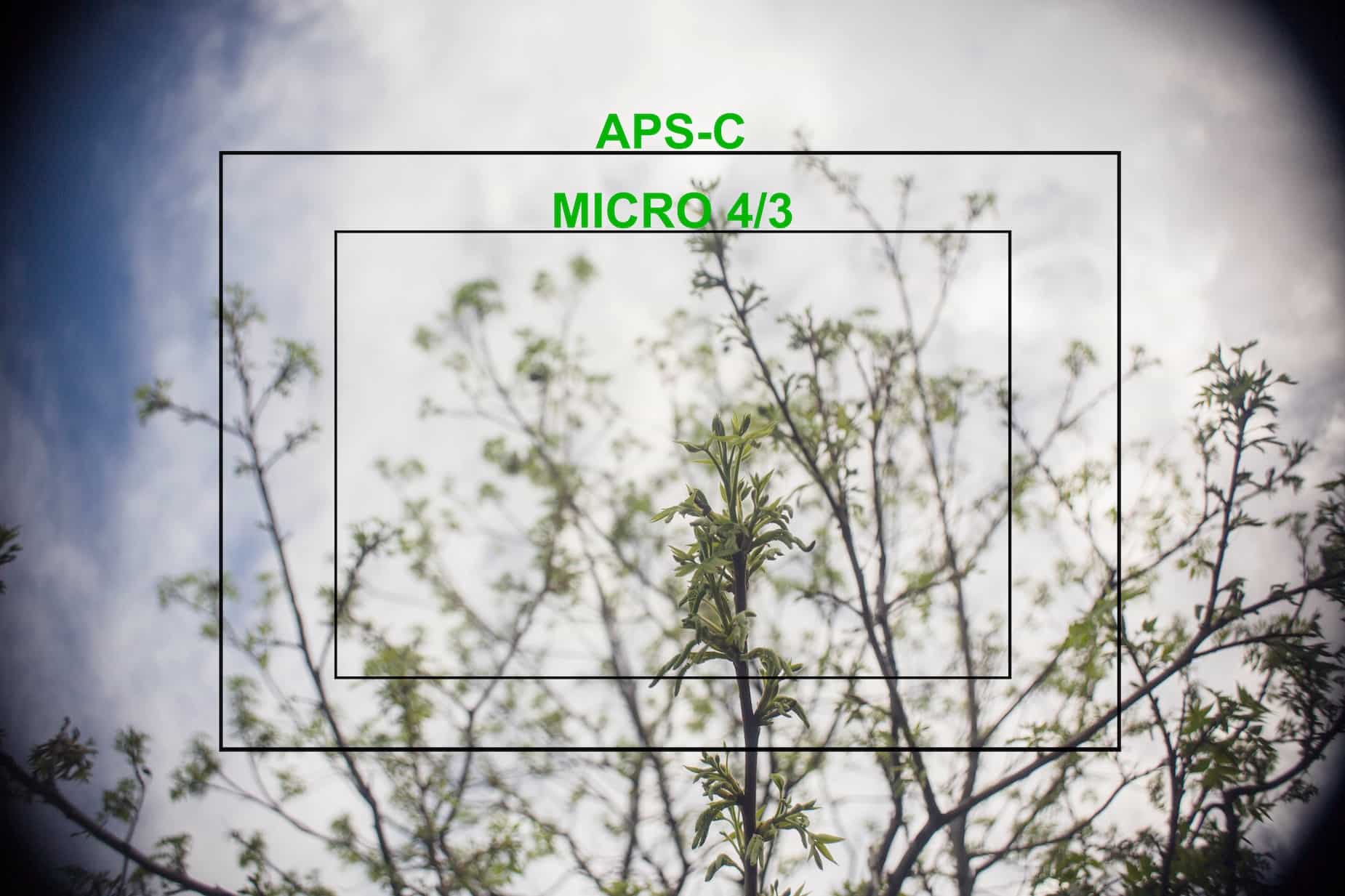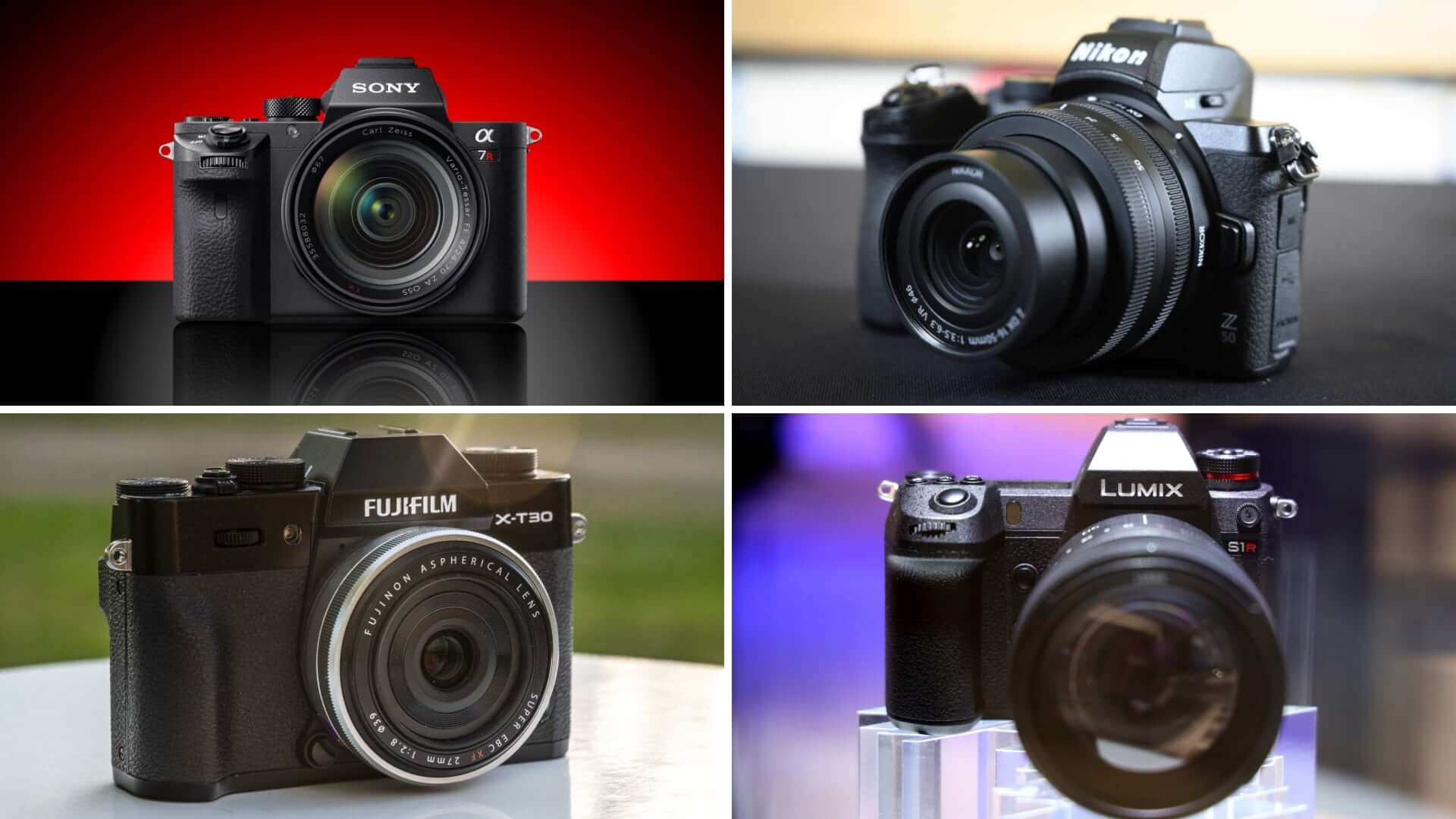Which is better full frame vs APS C? Every camera is different – but most (not all) have a full frame or APS C sensor. But what is the difference between full frame and APS C? Or better yet: what is a full frame sensor? And what is an APS C sensor? We’re going to answer those questions by looking at sensors from various manufacturers. By the end, you’ll know the strengths and weaknesses of both image sensor formats and which makes the most sense for your production needs.
APS C Full Frame Comparisons
Full frame vs APS C sensors
The full frame vs APS C sensor debate has pervaded photography circles for decades. Not long ago, it was widely assumed that full frame sensors were reserved for professional photographers. Full frame sensors were heavier, harder to master, and more expensive than their APS C counterparts. But today, the gap between full frame and APS C sensors has dwindled. This next video shows how similar contemporary full frame and APS C sensors can look.
Full Frame vs APS C • What are the Differences?
It’s clear that full frame and APS C sensors are much more similar today than they were ten years ago – but they still offer a breadth of differences that make them better or worse in specific scenarios. We’re going to look at the strengths and weaknesses of full frame and APS C sensors in a bit, but first let’s define the terms.
FULL FRAME SENSOR DEFINITION
What is a full frame sensor?
A full frame sensor is an adopted term for the 35mm image sensor format. Full frame sensors offer a bevy of great features, such as fine-tuned shallow depth of field, immersive bokeh, and crisply-detailed wide-angle photography.
APS C SENSOR DEFINITION
What is APS C?
APS C is an adopted term for the image sensor format approximately the size of the now-defunct Advanced Photo System film negative classic, of 25.1×16.7 mm, with an aspect ratio of 3:2. APS C sensors are cropped sensors that are generally cheaper and easier to travel with than their full frame counterparts.
Full Frame Sensor vs APS C Sensor
What does full frame mean for photogs?
What does full frame mean? Full frame means a camera uses a full 35mm image sensor format. The rule of thumb, “expensive usually means better” doesn’t exactly ring true with full frame sensors – there are great benefits to full frame sensors but that doesn’t make them intrinsically “better” than APS C crop factor sensors.
To better understand the pros and cons of full frame sensors, we have to ask: what is a full frame sensor? Well, a full frame sensor is a digital 36x24mm, (36mm wide by 24mm wide) sensor that is the biggest sensor size relative to a 35mm format; the former standard format for film photography. It can be a little confusing, but hopefully this next video will clear up any confusion.
APS C Camera vs Full Frame • What is a Full Frame DSLR Camera?
Today when we refer to full frame sensors, we’re referring to full frame DSLR cameras. The goal of a full frame sensor is to digitally replicate the 35mm film format. The benefits of using a full frame camera include great performance in low-light, an immersive bokeh effect for portrait photography, and unrivaled control over depth of field.
However, these benefits come with downsides too – particularly in regards to the camera’s form factor. Full frame cameras tend to be bulkier and less mobile than APS C crop factor sensor cameras. So they may perform better in static circumstances, but for capturing images in motion, you may want to consider an ASP C sensor.
APS C Full Frame Comparisons
What are the benefits of APS C sensors?
APS C cameras offer a lot of advantages over full frame cameras. First and foremost, nearly all APS C cameras are cheaper than their full frame counterparts. So, whether you’re on a budget or just getting started with photography/videography, an APS C camera is probably the better option.
For a look at the benefits of using APS C cameras, let’s check out this video that argues APS C cameras are better than full frame cameras for 85% of users.
What is APS C? • APS C vs FF
Nearly every photographer will tell you that it’s not about the size of the sensor, it’s about how you use it. And that point is certainly valid: APS C cameras aren’t inherently inferior than full frame cameras. It’s not like a first generation Xbox squaring up against a fifth generation PlayStation.
These cameras are built with the same architecture, same designs, and same structure for intended use. The only downsides are:
1) They usually don’t capture photos in as great detail in low-light.
2) They struggle to achieve as immersive a bokeh effect.
And that’s pretty much it! Hardcore photographers might suggest some other intricate differences, but for the vast majority of users, low-light shortcomings and mediocre bokeh are the only major downsides of APS C.
APS C Sensor vs Full Frame
Best scenarios for full frame and APS C
By now, you might have caught on that we’ve been referring to the standard issued full frame and APS C formats – but just remember that you can get different effects with different lenses. Focal length changes everything in a picture. Just because you’re using a full frame or APS C camera doesn’t mean you can’t get different effects with prime lenses and zoom lenses. But that’s a topic for another day. For the sake of avoiding confusion, let’s stick with the main sensor sizes. This image might help you visualize.

APS C Sensor vs Full Frame Size • Full Frame vs APS C
Now that we’ve covered a variety of topics relating to the full frame vs APS C debate, let’s take a stance on which default image sensor format works best in popular situations.
- Low light photography: full frame
- Portrait photography: full frame
- Landscape photography: full frame
- Sports photography: tie
- Street photography: APS C
So, full frame vs APS C: which is better? The differences between full frame and APS C are negligible when taking price into account. Ultimately, you can’t go wrong with either image sensor format – and you’re not locked into shooting at the main sensor focal length. Before buying, consider checking out camera rental options to find the perfect camera for you!
UP NEXT
How to clean camera sensors
No matter which type of sensor you choose to use, you’re going to need to keep it clean! Keeping a sensor clean may sound like a simple task, but it isn’t as simple as wiping dust away. In this next article, we break down some tried and true sensor cleaning techniques so you can keep your sensor in tip-top shape.
Up Next: Sensor cleaning tips →
Showcase your vision with elegant shot lists and storyboards.
Create robust and customizable shot lists. Upload images to make storyboards and slideshows.
